Teaching 1st grade is no small feat! While the students are young, the knowledge they gain in this school year is huge and will help them succeed in every grade they complete afterward. With first grade being a big year for reading and writing, you may be asking yourself, “What will the first day of first grade look like?” or “How do I teach these students as successfully as possible?” There may be a lot of questions whirling around in your head, but we’ve got you covered.
The teacher team at Teach Starter wants to help you get ready to teach a fantastic year of 1st grade (and many more to come!). We’ve compiled this comprehensive guide to prepare you for everything from what to buy to what to do on the first day of school. Keep scrolling for all our tips and best advice, including answers to some of those common questions about what to buy for your 1st grade classroom and what to prepare if you’re setting up your first classroom (or just your first 1st grade classroom).
How Old Is a First Grader?
Wondering just how old your students will be this school year? The answer to this common question depends on where you’re teaching first grade!
While most first graders proudly walk into their new school at 6 or 7 years old in the United States, this can vary depending on when the child entered kindergarten. All states offer kindergarten, but attendance is not required in most states. In fact, 19 states require that the child turns 5 by September 1st, and in 42 states, first grade attendance starts at age 6 or later.
This makes 1st grade especially fun as you have the chance to teach students who are starting to develop their unique sense of humor and slowly starting to understand the feelings of those around them.
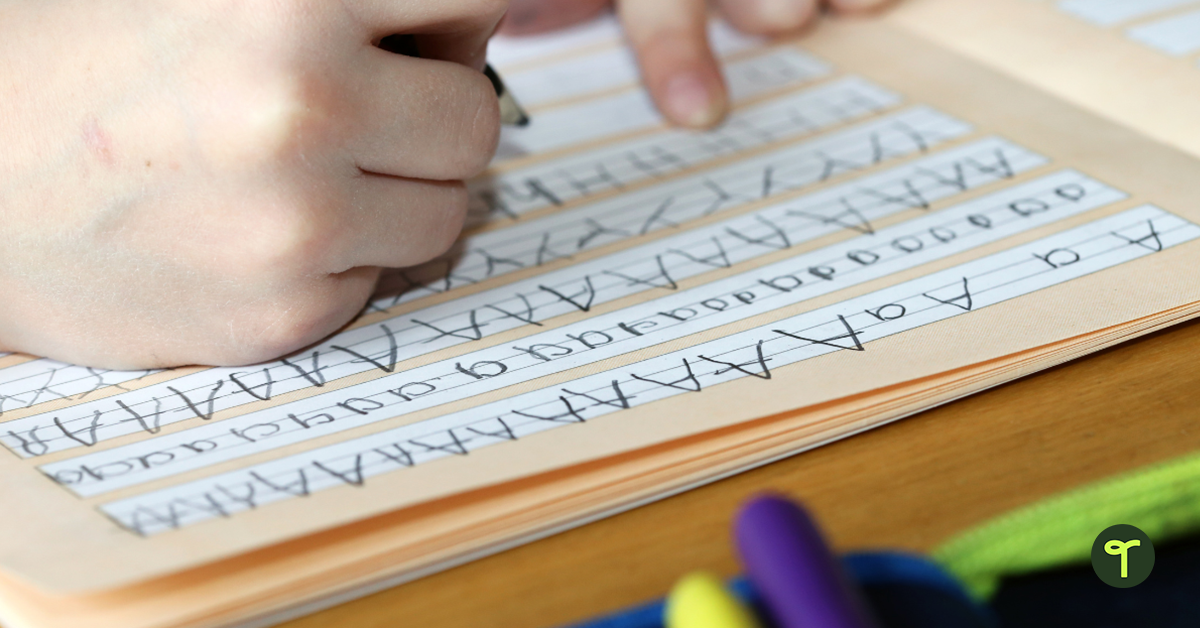
Want to dive in deeper? View this chart to see when a child starts first grade according to your state. This School Age Calculator can also be used to determine when a child will start kindergarten, first grade and high school based on the state they live in.
What to Buy for Your 1st Grade Classroom
Before you jump in the car and go on a Target shopping spree, check in with your school and see what might be provided for your classroom ahead of time. You can also get in touch with the school’s custodian to find out if there are any extra chairs or furniture items that can help complete your classroom.
The following must-have items for the 1st grade classroom are suggested by various members of our teacher team. We’ve organized them into bite-sized categories to help you develop your shopping list!
Book Corner
- Wooden or plastic book display
- Book bins
- Books
- Reading circle rug (bonus — this will help with the noise!)
- Reading chair (for you!)
General Organization
- Classroom file organizer
- Laminator
- Stapler
- 3-hole punch
- Pencil sharpener
- Classroom timer (these digital timers for teachers work well!)
- Plastic caddies
- Stickers
- Bin for lost gluestick lid caps or lost and found
- Baby wipes
- Colored pencils
- Crayons
- Headphones
Desks
- Student desk plates/name tags
- Hooks for backpacks (if your room doesn’t have cubbies or lockers)
Decor
- Bulletin board kits
- Alphabet wall
- Number line
- 100s charts
- Posters (such as reading or kindness inspiration)
Tools
- Teaching clock
- Smart start writing paper
- Dry erase boards
- Visual timer
- Stuffed animal (for those who need some extra love some days)
- Reward jar to earn a class party or other rewards (can use marbles, rocks, etc.)
- Hands-on centers (such as games, play-dough, etc.)
Instruction
- Sentence strips
- Phonics aids and sight word posters/activities
- Counters for math
- Simple addition and subtraction aids
- Visual math manipulatives

1st Grade Classroom Layout Tips
Are you standing in the middle of your new 1st grade classroom, unsure of how to lay things out? Here are a few tips to help you understand it all!
- Before you tackle student seating, set up key areas such as your classroom reading nook and designate spaces for group work.
- Set up seating in small groups to create community for your firsties, but don’t be afraid to make changes throughout the school year. After school begins, you’ll get to know their personalities and have a better sense of which students are a little too chatty when seated together!
- Set your desk up so that you can easily see both the students and the door.
- Lay out your rug in front of the space where you’ll do most of your instruction and assign spots on the rug so students don’t tussle over who gets to sit at the front.
What to Do Before First Grade Starts
The beginning of a new school year is both exciting and nerve-wracking – for students and teachers alike! If this is your first year teaching this adorable age group, take a deep breath. Preparation can save you a lot of time and allow you to enjoy the first week with your new class that much more!
Here are some helpful ideas from experienced teachers who took a look back on what they might have done differently if it were their first day teaching first grade:
1. Number, number, and then number again
Sharing a classroom with energetic first graders can sometimes become chaotic, especially during activity or craft time! To save a lot of headaches throughout the year, number everything in your class supply sets, from pencils to glue sticks to your math manipulatives.
While this may seem like it’s a bit over-the-top, this tried and true method will help you and your students during clean-up time to put everything in its rightful place. After all, these little learners are notorious for dropping and leaving things all over the classroom!
2. Say hello before the first day of school.
If you can access your students’ addresses, send a simple postcard introducing yourself and expressing your excitement for the first day of school. Your postcard could be a photo of you visiting somewhere exciting over the summer or something simpler like a cute snapshot of you with your pet.
Messages don’t have to go into a lot of detail; say hello, express how excited you are to meet them and perhaps list one fun activity your student will do during the first week of school.Creating a visual of who you are and what you look like will help those first-day jitters when students enter the room and recognize you. A photo of you will also help parents hype up their children before the first day, creating a positive team effort! First grade may be the first time some of your students have been in the care of another adult for an extended period of time. Creating some familiarity and positivity before the first day will help you, your student and their parents or guardians as well.
3. Build your classroom library.
First grade is a big year for reading and developing a love for stories that will hopefully follow your students throughout their life. Creating your own classroom library will help encourage curiosity and a love for reading during the school year. Between group reading time and independent exploration, having a mini library right in the classroom can help that reading spark grow bigger.
We suggest you start collecting books for your own cozy reading corner as soon as you possibly can. You don’t have to break the bank collecting books if you start your search early at thrift stores and clearance aisles, adopt books from retired teachers and take advantage of online sales.
4. Create a welcoming vibe.
The first day of first grade can be thrilling for some students but extremely intimidating for others. Especially if you have students who have never been to public school before, easing them as much as possible on the first day will help them find their place in this new world more quickly.
You may want to create colorful bulletin board with all the students’ names in the class, label each student’s cubby or locker ahead of time and prepare each student’s nameplate with colorful stickers. Seeing their name on items around the classroom will create a sense of belonging and acceptance.
5. Create broken supply stations.
We all know that coats and lunchboxes make it to the lost and found bin throughout the year, but what about classroom supplies? First graders leave supplies out quite often and, yes, sometimes break things. Some teachers have found ways to use broken items to their advantage!
Take a “crayon hospital” for example. Establish a bin in your classroom where students can place broken crayon bits throughout the year. Large pieces can be taped back together for future use, but you can use smaller bits to melt into “crayon cubes” (using ice molds) or tape onto the top of a poster board and melt down the paper with a hair dryer.
Setting up assigned spots for students to place broken items or pencils that need to be sharpened will reduce the amount of disruptions throughout the school day.
What to Do on the First Day of First Grade
Now that you’ve prepared your lists of what to prepare before the first day of school and filled out your shopping list, let’s go over some first-day activities to do with your first graders. If you’re searching for day-to-day tips, you can skip this section and continue reading below.
1. Introduce Yourself
Most students will have the kindergarten experience under their belt before the first day of first grade, but for some kids, this may be their first full day in any school-related setting. Many kiddos might be nervous being away from their parents for a whole day, but this gives you an opportunity to introduce yourself not only as their teacher but as a welcoming friend.
Introduce yourself with some visual aids to make you more relatable — an easy way to do this is with a slideshow. Share photos of your family and any talents or hobbies you have. You can also include a cute snapshot of your family pet if you have one.
2. Lead a Tour of the Classroom
The classroom is a safe space for learning, developing a community and growing in knowledge, and kids this age tend to love exploring. While your first graders are still seated, show them where they can store their personal items, where they can go to calm down if they need a minute to themselves, where classroom supplies live, and so on.
Once you’ve established the layout of the classroom, turn it into a Simon Says game with “Simon Says, go to the classroom library! Go to the cubby corner.”
After sharing your classroom, it may be beneficial to take a tour of the school as well, especially if it’s a completely new environment for some of your kids. While students will visit different rooms of the school as a class (such as the library), there may be times when they’ll need to navigate the school independently, such as the restroom. To get your students accustomed to a new environment, take your entire class on a fun first-day tour to learn where they might need to go.
3. Establish Expectations
Even the kids who have been through a pre-K program and kindergarten are still relatively new to the school setting, which means first graders need a lot of prep to help them understand and meet your classroom expectations. Take some time on the first day to explain how everyone should behave, ask for help or go about their daily routine, and expect to repeat yourself a lot in the first few weeks as your firsties get acclimated.
Here are some important topics to cover:
- Where should students sit for the majority of the class?
- How should your students ask questions? Raise their hand? Use a designated hand signal?
- How should students request to use the restroom or exit the class?
- Where should personal belongings be stored in the classroom?
- How should students report bullying?
- Where can students put lost and found items?
4. Complete an All About Me Activity
Put all those crayons and colored pencils to use with an engaging “all about me” activity! Students will have the opportunity to practice some writing, draw a picture or answer some simple questions that their classmates can read during the first month of school — all of which you can use to assess their skills.
One all of the all about me activities are complete, compile all the pages into a colorful classroom bulletin board. A board with all their work will help not just build that sense of belonging in the classroom. It will be a hit with parents who come in for a meet-the-teacher night or parent/teacher conference.
How to Teach First Grade – Tips Beyond the First Day
Once you’ve made it through the first day of school, each day will get a little easier as you get to know your students better and establish routines. Here are some tips from our teacher team that go beyond the first day of school.
1. Create a Numerical System
Take your alphabetical student list and assign each student a number. These magic numbers will help keep your students and classroom in order throughout the year. Here are some ways your number system will come in handy:
- Line up order
- Label cubbies, desks, supplies, etc.
- Use numbered popsicle sticks to draw random students for groups
2. Use Visual Timers
Visual timers are great for first graders and developing their time management skills. You can use a timer for any number of activities from a 10-minute classroom station to a five-minute clean-up period. Seeing a visual timer will help kids learn to use their allotted time wisely.
3. Make Use of Rewards
Five points to Gryffindor! Establishing a classroom reward system will help students work as a team and try their best to behave well, turn in homework, be kind to classmates and more. Virtual classroom management tools such as digital reward charts are popular among many teachers, but you can also create a bulletin board or physical reward chart at the front of the classroom so students can see their progress over time.
Some students may be brand-new to the concept of a reward system, but a tracker can benefit your students by increasing their self-esteem and encouraging focus on positive behavior. ![]()
6. Avoid Treating Them Like Babies
We know you’re aware that being patient is important when working with young students, but you’ll want to walk a fine line with a 1st grade class. While first graders especially need a lot of repetition as they’re establishing their reading skills and developing their personalities, it’s important not to get caught up in infantilization.
First graders like to feel like they’re the ‘big kids’ and are often motivated by the chance to help younger students. Infantilization and treating them like babies can actually hinder their social and emotional growth. Encourage them to be curious and let them know you are always there to answer questions when they have them.
7. Make Math Routine
In addition to reading, most state standards require first graders know how to sequence numbers up to 100 by the end of the year, as well as learning basic addition and subtraction. To help your students reach this important milestone, take advantage of classroom calendar time and work numbers into other classroom routines to build their math skills.
A morning calendar routine could include:
- Establishing the day of the week
- Noting the date within the month
- Determining the weather outside
- Counting to a specific number on your 100s chart
- Examining money and determining its value
8. Limit Activities to 12-18 Minutes
Attention spans are especially fleeting when you’re little and curious about the world around you. The average attention span is about 2 to 3 minutes per year of age, which means your average 6-year-old can only stay focused for about 12 to 18 minutes. Keep that in mind when lesson planning!
9. Integrate Plenty of Movement Breaks
While we’re on the topic of short activity segments, break up the day with frequent movement breaks! This can include basic standing and stretching, dancing to a short YouTube video or playing a game like Simon Says to help those little first-grader brains relax and refocus.

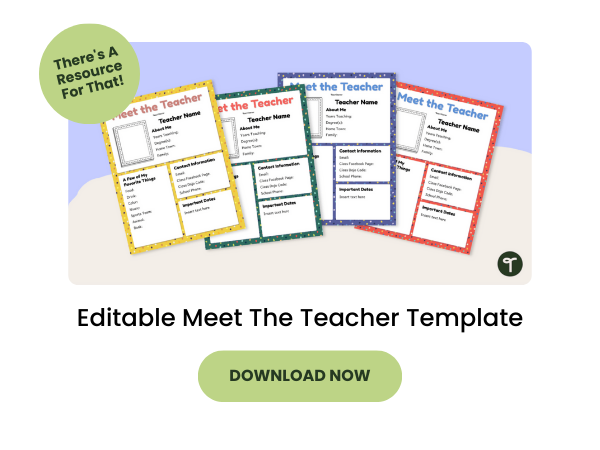
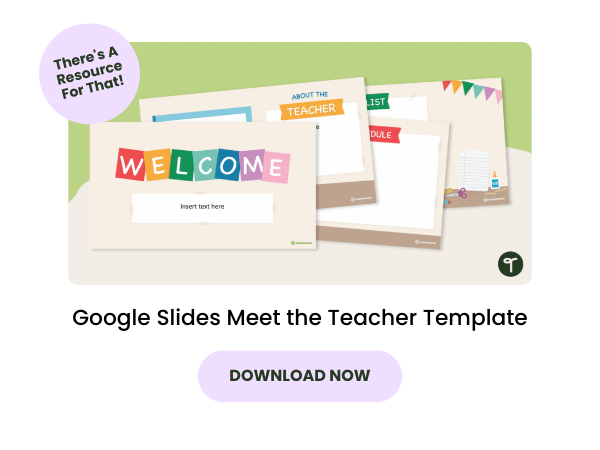
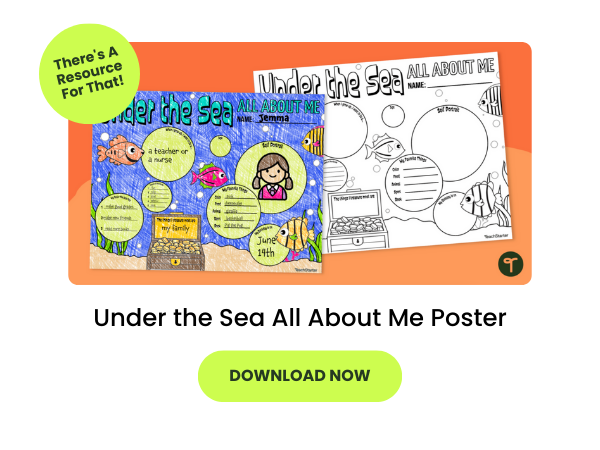
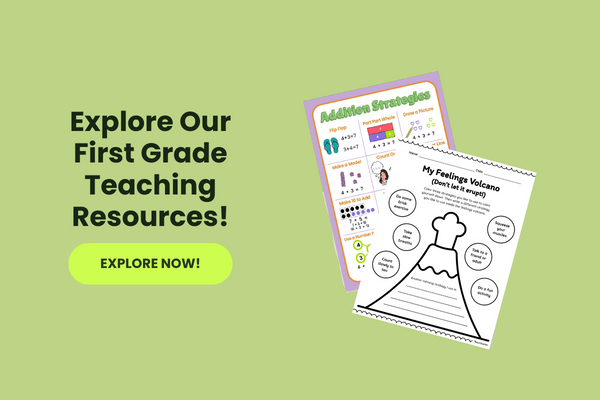






Comments